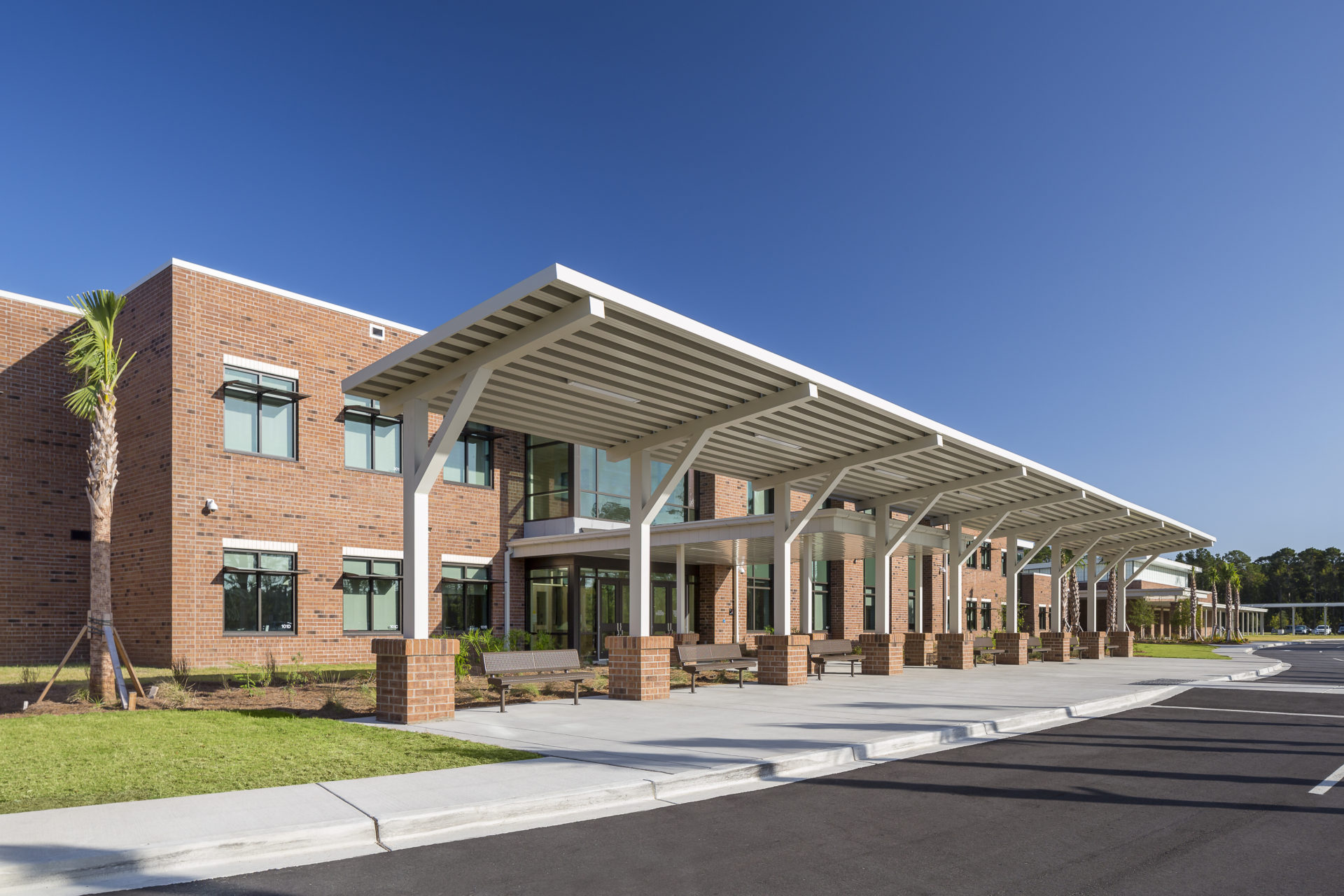Prepare Your Projects for Weather Events With the Right Planning and Products
How to manage issues that can sidetrack your path toward buildings that will stand up to storms
Architects and designers working in Florida and the Gulf Coast are very familiar with building codes that address hurricane conditions. As storms intensify1 and strike unexpected areas of the country – such as Hurricane Sandy’s $19 billion in damages to New York City2 – it has become critical for architects and designers to assess building design and product performance in major weather events, no matter where in the country.
If the location of your new project does not share the building code requirements of Florida, recommending a higher performing window system can be a tough sell. Product data is less visible than the wow factor of a beautiful view: Clients can easily ignore how strong the window seals need to be when they’re mesmerized by uninterrupted views of a beautiful vista on the other side of an oversized span of crystal-clear glass.
The oversized glass trend continues to dominate every window application. Clients looking to make it bigger can be surprised by the cost to purchase, fabricate and install (and test, if they are custom) lites of that size that meet the appropriate code requirements, or to take that extra step to further strengthen the structure. When you’re in a state with less stringent codes, how do you sell safety from a storm that may or may not occur?
As a manufacturer with both a large footprint and an extensive, single-source storm protection product offering, Oldcastle BuildingEnvelope® can provide expertise specific to the region for your project as well as support from bid to installation; and faster, more reliable product delivery.
For owners and developers, it’s about protecting the investment: According to FEMA, designing buildings to meet the 2018 International Residential Code and 2018 International Building Code led to a national benefit of $11 saved for every $1 invested in comparison to older generations of code.3
While meeting a predetermined requirement appears straightforward, there are still challenges when creating structures or retrofitting buildings to stand against the fiercest storms. Here are suggestions on how to manage the risk of those issues affecting your project:
Proper Testing
Architects must specify tested and certified products that will meet the design guidelines, such as Oldcastle BuildingEnvelope® StormMax® and its vast array of hurricane solutions across product categories.
If custom products are required, the project team needs to fabricate, test, and certify a project-specific product. Retrofit projects that predate current code requirements can be particularly complicated depending on the required code and the façade aesthetic, because the portion of the retrofit that must be brought up to code depends on the percentage of reconstruction.

Carolina Park Elementary School
The time and cost implications could be significant, especially as we continue to face supply chain issues, so it’s important to identify where customization is needed early in the project and adjust the timeline and budget accordingly.
Accountability
Many components and therefore team members come together to produce window systems. The framing manufacturer, glass manufacturer, glass fabricator, installer, general contractor and test laboratory are all coordinating to produce a system that is not just standing up to wind and possible projectiles: There is also the potential for water damage and mold.
“Field air and water testing at specified intervals can verify performance and compliance under actual project conditions and verify constructability,” explains Kristin Nolan, Director of Product Support, Oldcastle BuildingEnvelope. “Though the true install won’t be the perfect conditions for testing, this is beneficial and should be considered.”
Nolan added that the testing methodology needs to be defined and can’t be general – specification should be project-specific, and responsibilities for test failures must be clearly defined.
Beware of Over-Engineering
“Working with a manufacturer with a diverse product portfolio will help ensure you aren’t purchasing a more complicated or expensive system than your design requires, and you have more flexibility,” Nolan says.
For example, Oldcastle BuildingEnvelope StormMax storefronts help architects satisfy client requests for larger spans of glass that meet building codes, with the added benefit of features like extruded water deflectors and anchoring flexibility that not only eliminate the need for additional engineering – they lead to faster installs that help save on time and labor.
A diverse product portfolio will also give you more options for thermal and acoustic performance. Moving from monolithic glass to Insulating Glass Units (IGU) with laminated glass, or to IGUs with enhanced thermal performance can make a big impact on other performance metrics and provide flexibility based on the project needs and the location of the building.
As Sandy showed us, Florida and the Gulf are not the only areas of the country that can be devastated by weather events. Knowing what to consider and how to design and build with the best storm-ready products will protect your clients’ investment far into the future.
Learn about Oldcastle BuildingEnvelope’s hurricane resistant products.
-
- Trends in Global Tropical Cyclone Activity: 1990–2021 (Philip J. Klotzbach,Kimberly M. Wood, Carl J. Schreck III, Steven G. Bowen, Christina M. Patricola, Michael M. Bell), 2022 https://agupubs.onlinelibrary.wiley.com/doi/10.1029/2021GL095774
- New York City Community Development Block Grant Disaster Recovery https://www1.nyc.gov/site/cdbgdr/about/About%20Hurricane%20Sandy.page
- https://www.fema.gov/emergency-managers/risk-management/building-science
Related Posts
Stay in the know!
Sign up to receive the latest news and exclusive content straight to your inbox.
Sign Me Up